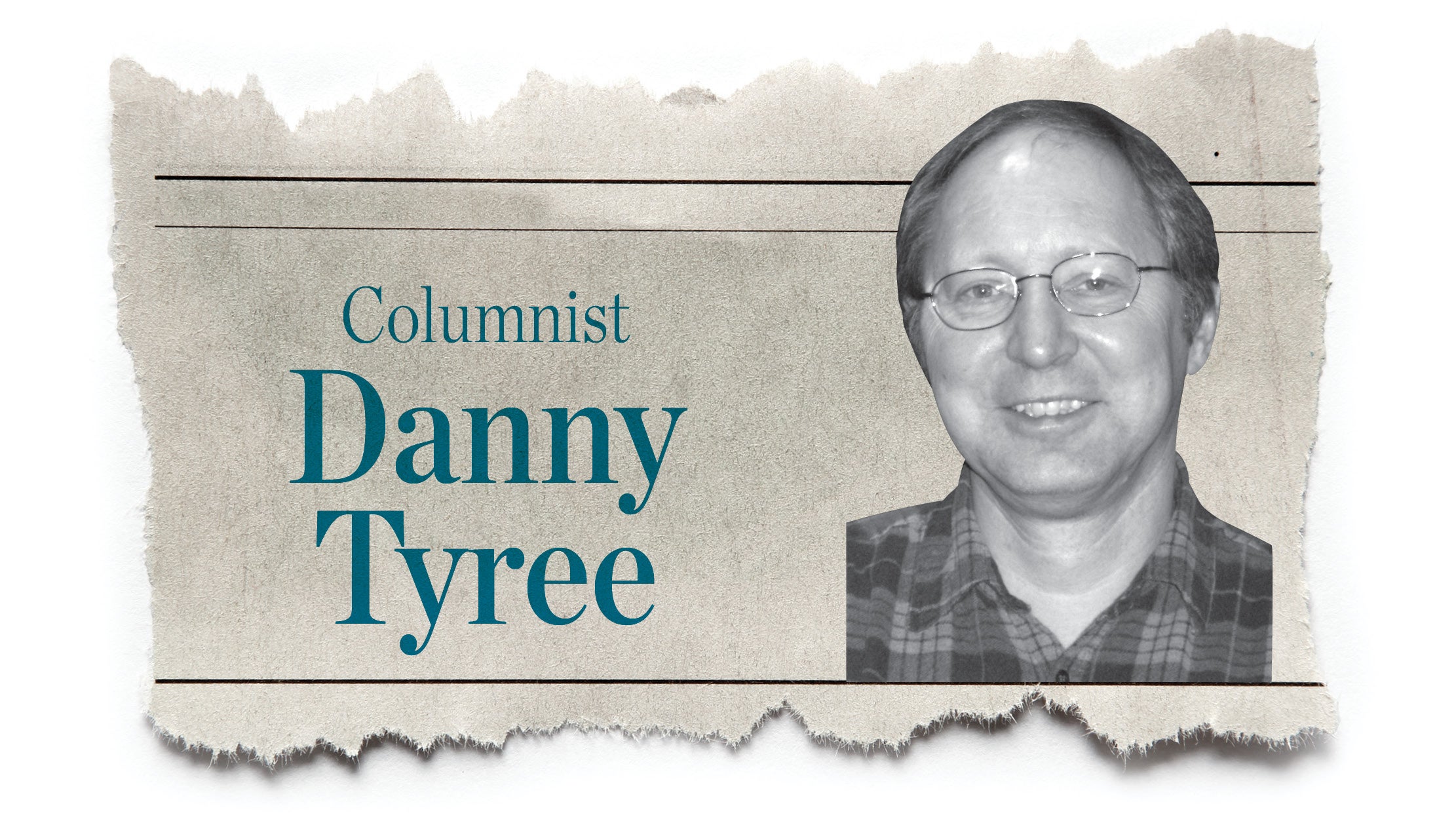A Story To Tell
Published 11:08 pm Saturday, November 14, 2009
In 1918 Ironton was no different from the rest of the United States. As the papers of the day attest, every particle of news about the war in Europe was inhaled with one question on everybody’s mind. Will we down the Kaiser?
At the home of Carl and Hilda Gleichauf at 1014 S. Fourth St., news from the front was just as eagerly sought. However, the couple did have one other thing on its radar screen — the upcoming birth of their first child.
That August the county was gearing up for the summer fair, this time with an added attraction.
Miss Stibbs, the only female trainer and harness driver in the country, was bringing Orphan Boy, one of her prized Standardbreds, to race. The purse: $300.
Down at the South Side Theatre, Theda Bara was starring in the silent film, “Two Orphans.” Rudolph Wurlitzer at Railroad and Center streets was selling victrolas for $98 while the Underselling Store had men’s work shirts for 98 cents.
Oh and one more thing was happening in Ironton that summer. On Aug. 19, 1918, the Gleichaufs welcomed home a baby girl, whom they named Veronica, who would go on to be big sister to four more Gleichaufs.
As she talked about the Ironton she knew in the early part of the 20th Century, Veronica Gleichauf Thistle, now 91, recalls more than the upscale butcher shop at Spruce and Third streets or Lohrman’s Bakery.
“My dad always said Ironton was one mile wide and ten miles long,” she joked.
Thistle remembers an Ironton of prosperity built on the success of the small businessmen.
“There weren’t any empty storefronts,” she said. “We didn’t have a Wal-Mart.”
But Thistle’s recollections go beyond what was happening inside the border of her hometown.
She had a front-row seat to one of the significant eras in the oil industry. That ticket came from her years as secretary to one its major players, J. Howard Marshall, the billionaire oilman who would end his days as tabloid fodder when he married blonde bombshell, Anna Nicole Smith.
“It was an education to work for him,” Thistle said. “He was a dynamic man. When he wanted something PDQ, it meant yesterday.”
Thistle started working for Marshall in 1946, when he was president of the then Ashland Oil and Refining Co., brought in by Ashland’s founder, Paul G. Blazer.
Fresh out of business college, Thistle started in the sales department at Ashland in 1942, quickly getting promoted to Marshall’s assistant.
“Sometimes he would come in the door dictating. He was very sharp, a keen mind,” she said. “He was too smart for Mr. Blazer.”
In 1950 Thistle left Ashland Oil to marry West Virginia native, James Thistle, another Ashland executive.
“The most wonderful red-head in the world,” she said.
For her wedding present, Marshall and his wife, Eleanor, gave Thistle a silver tray with the inscription, “To Veronica, the best assistant and secretary I ever had.”
Marshall left Ashland in the early 1950s, but the two kept in touch from time to time.
“It was a joy to work for him,” Thistle said.
And like so many Thistle was shocked at Marshall’s choice for his third bride.
“Oh my Lord,” she said when asked about Anna Nicole. “I was so glad his children got most of the money. They were the ones who deserved it, not that bleached blonde.”
Today, Thistle lives in an apartment at Morning Pointe Ridge not far from the Bellefonte home she shared with her husband, who died in 2001. It’s an apartment filled with family photos and mementoes of an almost 10-decade life — a life she shared for 51 years with Jim.
“He was a wonderful man,” she said. “I couldn’t have had a happier marriage.”




